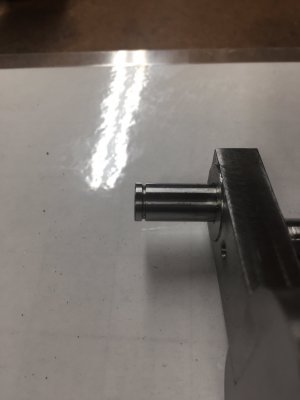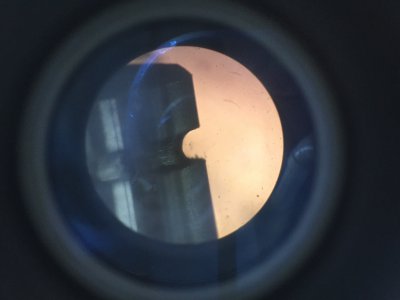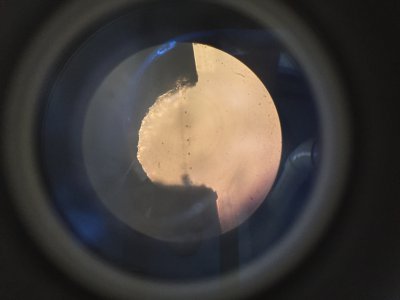- Joined
- Mar 9, 2018
- Messages
- 465
I hadn't considered 1144 Stressproof, but that would probably have been a very good choice as well!I used 1144-SP on my radial
I hadn't considered 1144 Stressproof, but that would probably have been a very good choice as well!I used 1144-SP on my radial
For the life of me, I can't seem to find it now! I'm 90% sure I didn't make it up, would be a pretty strange number to pull out of thin air.... I'll let you know if I end up coming across it again.Where did you get the Edwards HP reference?
Never heard of that before either. But a quick google leads me also to think it's more of a case hardening thing.My radial plans are German & the instructions quite sparse. The 9-cyl big brother calls for 16 MnCr5 'nitride hardened' if that means anything to you. I naively assumed that was a surface treatment & not likely I was going to find that alloy in Kanuckistan where I live anyways.
This sort of video makes me want to toss my engine in a plane if I ever get it running... shame for it to sit on a bench, only to be fired up for 5 minutes a year to show off at a BBQ.I'm a long time RC guy but something tells me with the hours invested in machining this thing it will probably spend most of its life going putt-putt on a test stand. But there are braver souls....
Radial Engine Build
philsradial.blogspot.com
Uh oh..... you mean like this kind of radius? Based on the groove width of about 0.028", that looks to me like a radius of about 0.014....One thing to consider on your crank pin. A Dremel cutoff disk will leave a groove with a bottom radii. ANy radius in the bottom corners of the groove will allow the clip to push off rather easy. Check your groove with a magnifying glass The spec allows only .003 R MAX. Where I work the grooving tool got dull and was leaving a .005-.007 R and we had a lot of warranty work on snap rings popping off even though there was very little load trying to push it off. A popped off ring could be real bad in a running engine.



I guess the point with the radius is that it gives an inclined plane for the snap ring to ride up, where flat sides don't. You're on a bit of a sticky wicket for modifying it now with it installed, though. Slitting saw and cnc program?
